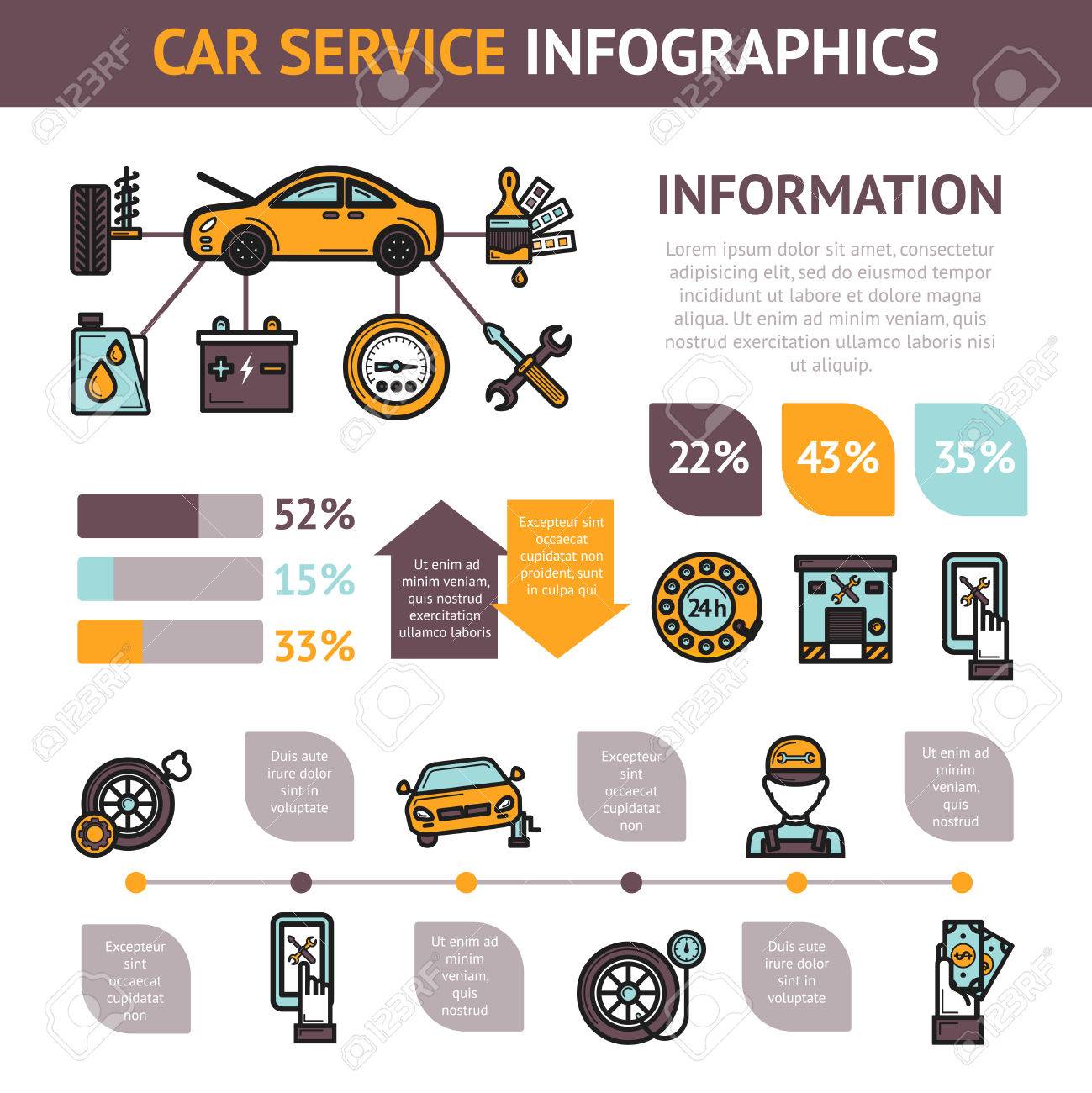Recognizing Your Car'S Caution Lights: What Do They Actually Mean?
Recognizing Your Car'S Caution Lights: What Do They Actually Mean?
Blog Article
Web Content By-Faulkner Corbett
When you lag the wheel, those beautiful caution lights on your control panel can be a little bit puzzling. Do visit this web-site understand what they're attempting to inform you about your auto's wellness? Comprehending the relevance of these lights is vital for your safety and security and the long life of your automobile. So, the following time one of those lights appears, wouldn't you wish to decode its message precisely and take the necessary steps to resolve it?
Common Caution Lighting and Interpretations
Determine typical warning lights in your vehicle and understand their meanings to guarantee risk-free driving.
The most normal warning lights consist of the check engine light, which signifies issues with the engine or emissions system. If this light comes on, it's vital to have your lorry inspected without delay.
The oil pressure cautioning light suggests low oil stress, needing prompt attention to avoid engine damages.
A flashing battery light could suggest a malfunctioning charging system, potentially leaving you stranded if not resolved.
The tire pressure surveillance system (TPMS) light informs you to low tire stress, influencing automobile security and gas performance. Disregarding this could cause dangerous driving problems.
The abdominal light indicates an issue with the anti-lock braking system, compromising your capability to quit quickly in emergencies.
Lastly, the coolant temperature warning light warns of engine getting too hot, which can lead to severe damages otherwise settled promptly.
Understanding these usual caution lights will certainly aid you deal with issues promptly and keep safe driving conditions.
Value of Prompt Focus
Comprehending the usual warning lights in your automobile is only the initial step; the relevance of immediately attending to these cautions can not be emphasized enough to guarantee your safety and security when traveling.
When a caution light illuminates on your dashboard, it's your auto's way of communicating a possible concern that requires interest. Disregarding these cautions can cause a lot more extreme troubles down the road, endangering your safety and possibly costing you a lot more out of commission.
Trigger interest to warning lights can prevent malfunctions and crashes. As an example, a blinking check engine light might suggest a misfire that, if left unattended, might trigger damage to the catalytic converter. Addressing this quickly can conserve you from a pricey repair.
In a similar way, a brake system warning light could signal reduced brake fluid or used brake pads, important elements for your safety when driving.
DIY Troubleshooting Tips
If you discover a caution light on your dashboard, there are a few DIY troubleshooting ideas you can try before looking for specialist help.
The primary step is to consult your cars and truck's guidebook to understand what the details caution light indicates. Sometimes the concern can be as easy as a loose gas cap activating the check engine light. Tightening up the gas cap may resolve the trouble.
An additional typical problem is a reduced battery, which can trigger various cautioning lights. Checking the battery links for corrosion and guaranteeing they're protected may deal with the problem.
If a warning light continues, you can attempt resetting it by disconnecting the auto's battery for a few mins and after that reconnecting it. Furthermore, checking your lorry's fluid degrees, such as oil, coolant, and brake fluid, can assist repair alerting lights connected to these systems.
Final thought
Finally, comprehending your cars and truck's caution lights is essential for maintaining your lorry running smoothly and securely. By promptly attending to these notifies and knowing what they suggest, you can prevent expensive repairs and prospective malfunctions.
Keep in mouse click the up coming post to consult your car's guidebook for specific information on each alerting light and do something about it appropriately to ensure a trouble-free driving experience.
Keep informed, stay secure when traveling!
